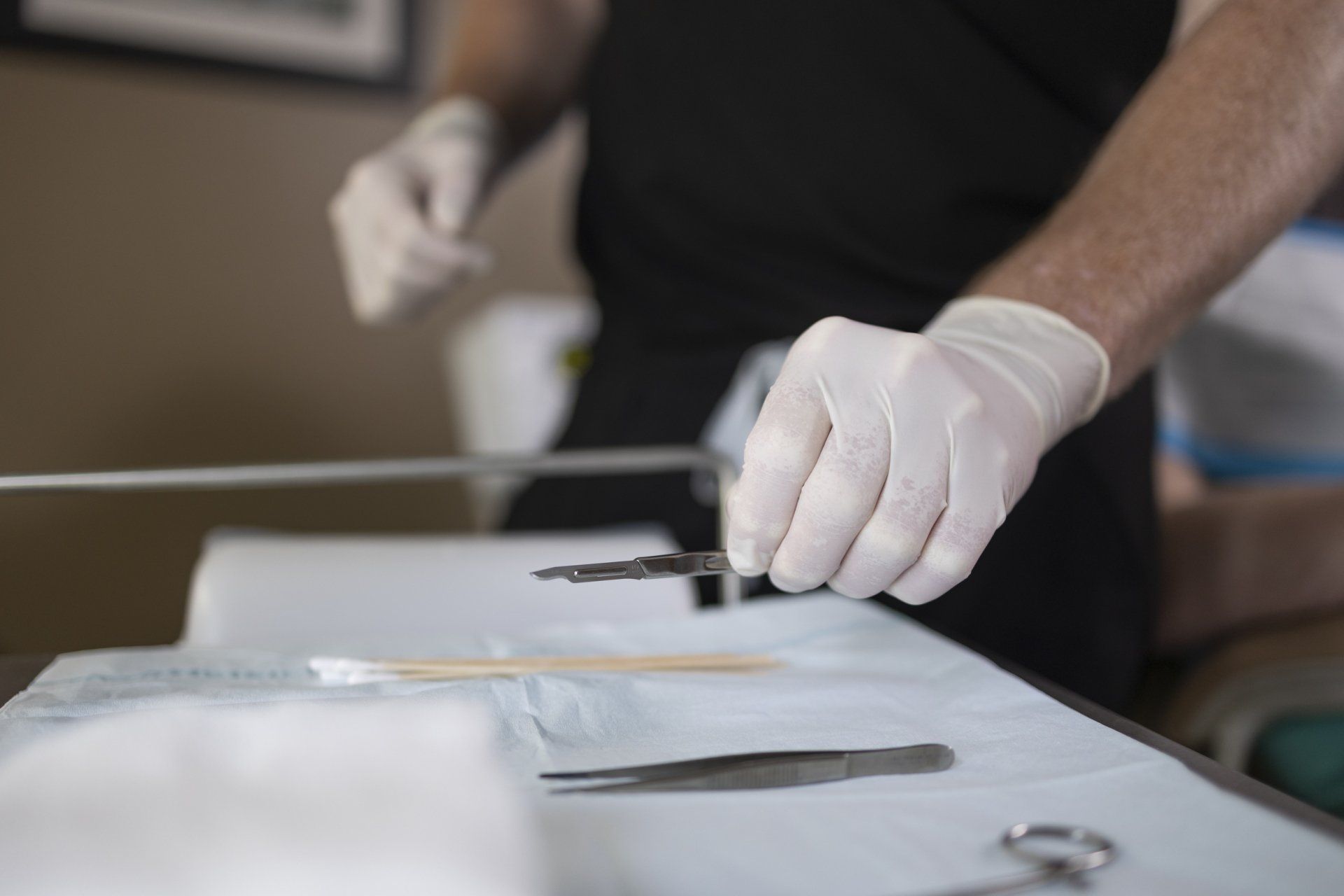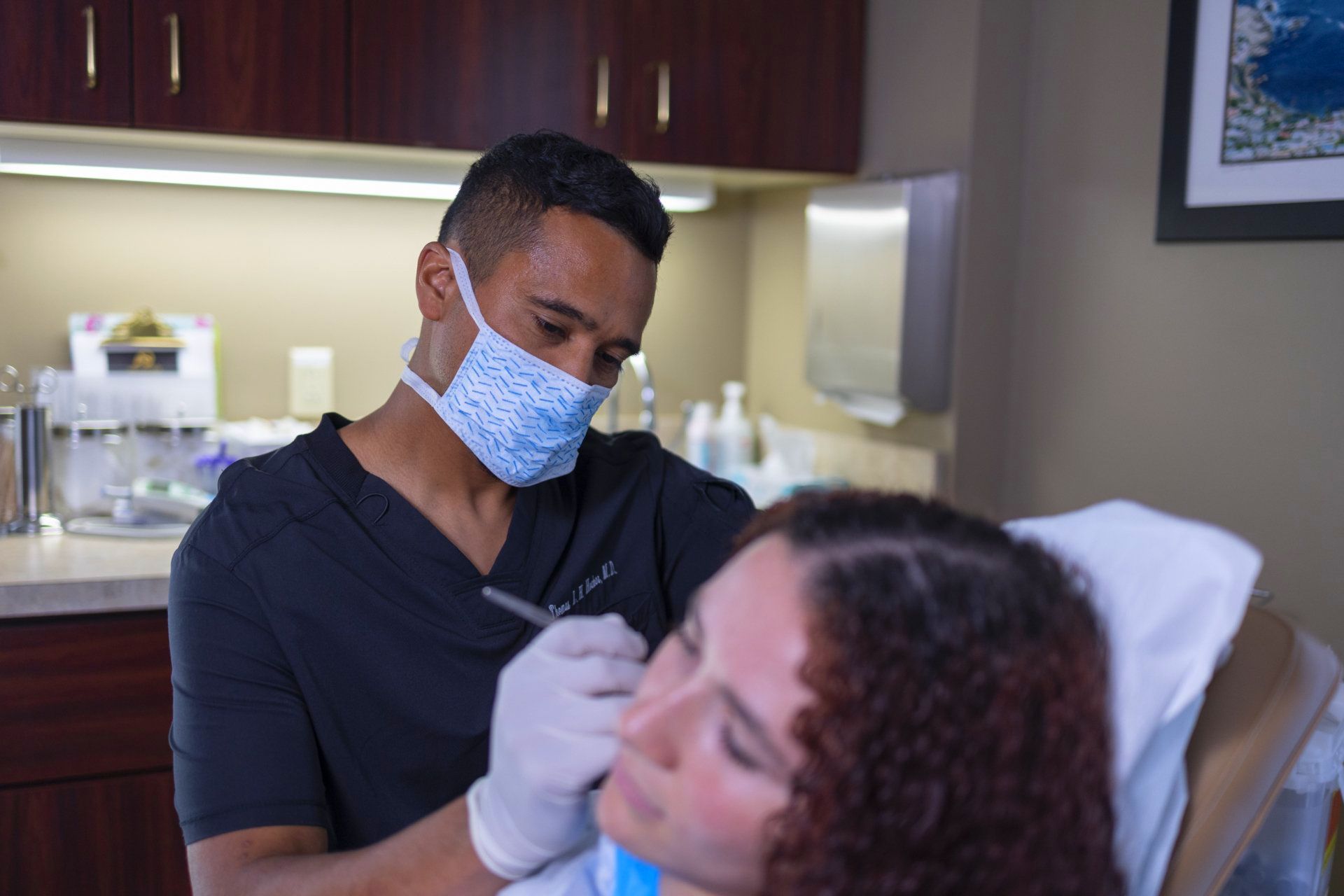Unmasking Warts: Causes, Treatment, & Prevention
Unmasking Warts: Causes, Treatment, & Prevention
Warts are a common dermatological condition that affects people of all ages. While generally harmless, these small, rough growths on the skin can be bothersome and aesthetically displeasing.
Causes of Warts
Warts are caused by the human papillomavirus (HPV), a highly contagious virus that enters the body through small cuts, breaks, or other vulnerable areas of the skin. Once infected, the virus prompts the rapid growth of cells on the outer layer of the skin, resulting in the development of warts.
Types of Warts
There are several types of warts:
- Common Warts (Verruca vulgaris): These warts are often found on the hands and fingers and have a rough, grainy appearance. Common warts may have black dots (tiny blood vessels) that give them a speckled appearance.
- Plantar Warts: Found on the soles of the feet, plantar warts can be uncomfortable due to the pressure exerted on them while walking. They may appear as hard, grainy growths with tiny black dots.
- Flat Warts (Verruca plana): These warts are typically smoother and smaller than other types and often appear in clusters on the face, neck, or hands.
- Filiform Warts: These long, narrow warts often develop on the face, especially near the eyes and lips. Filiform warts have a distinctive appearance, resembling thread-like projections.
- Genital Warts: As the name suggests, genital warts appear on the genital and anal areas. They are a sexually transmitted infection caused by specific strains of HPV. Genital warts can vary in size and shape and may be raised or flat.
Treatment Options
While some warts may resolve on their own over time, others may persist and require treatment. Common treatment options include:
- Topical Medications: Over-the-counter creams, gels, or patches containing salicylic acid can help remove warts by gradually breaking down the infected skin cells.
- Cryotherapy: This involves freezing the wart using liquid nitrogen, causing it to blister and eventually fall off. Cryotherapy is a common and effective in-office treatment.
- Electrosurgery: Warts can be removed using an electric current, which burns the affected tissue. This method is often performed in a medical setting.
- Laser Therapy: Laser treatment targets the blood vessels feeding the wart, leading to its destruction. It is a precise and effective option, especially for resistant warts.
- Immunotherapy: Some cases may benefit from immunotherapy, which stimulates the body's immune system to attack and eliminate the virus causing the wart.
Wart Prevention
Preventing the spread of warts involves adopting good hygiene practices and avoiding direct contact with infected skin. Additionally, individuals can reduce their risk of developing warts by keeping the skin clean, avoiding touching warts on themselves or others, and wearing protective footwear in communal areas like swimming pools and locker rooms.
If you have concerns about warts or other skin conditions, consulting with a dermatologist is recommended for personalized advice and treatment.






